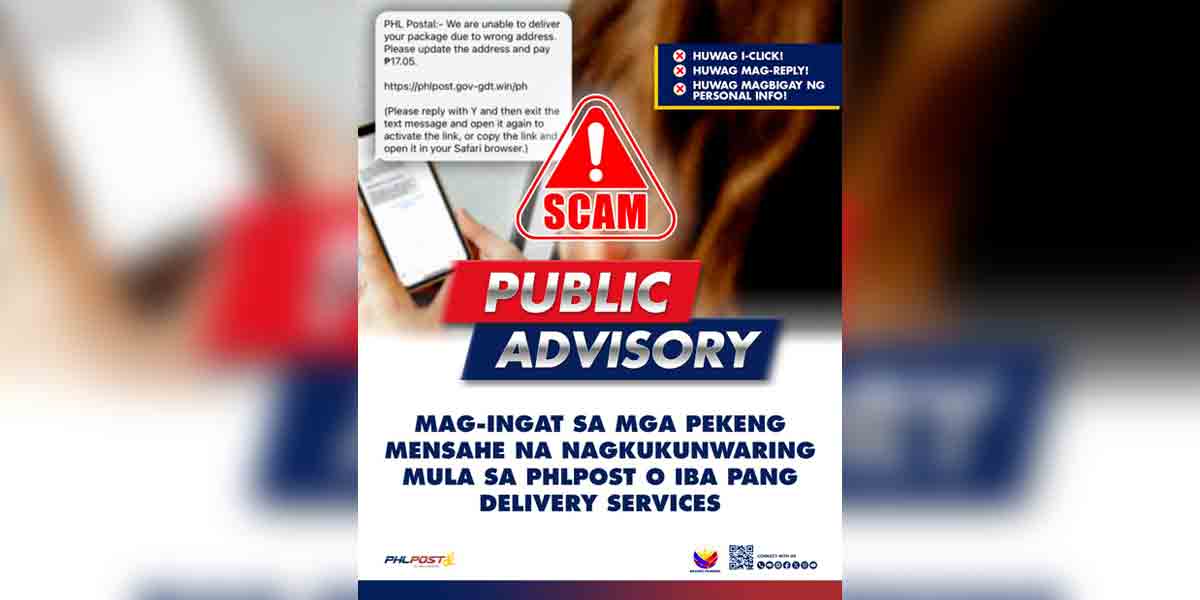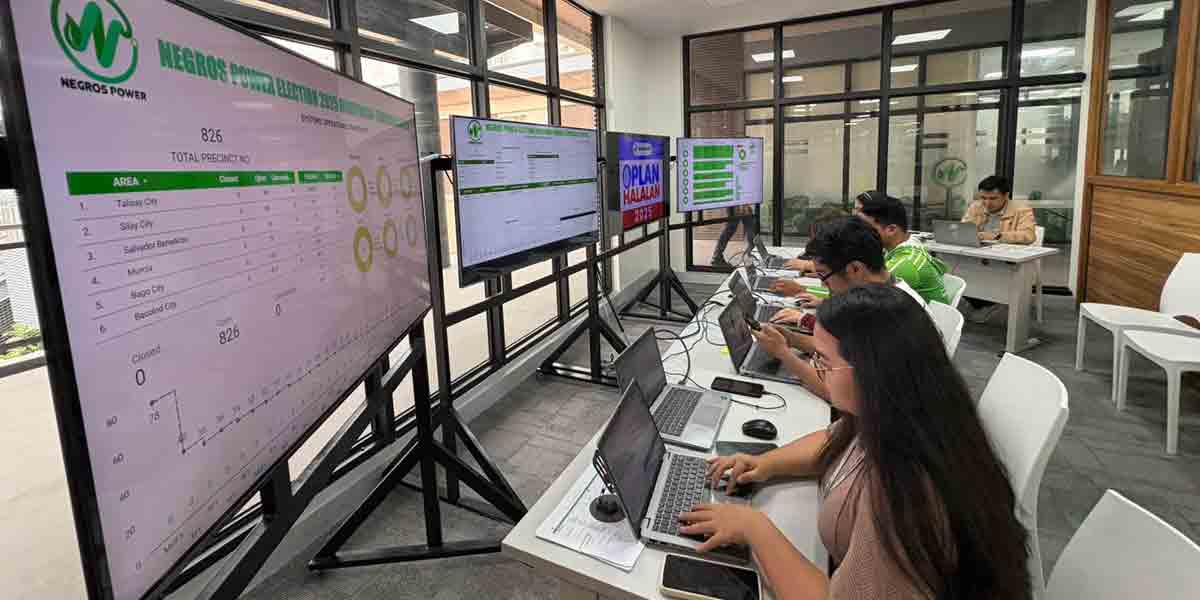
By Francis Allan L. Angelo
Rep. Raul “Boboy” C. Tupas (Iloilo, 5th district) pushed for the establishment of more marine hatcheries in State Universities and Colleges (SUCs) across the country.
Tupas said his proposal push aims to secure the livelihood of fisherfolks in regions including Western Visayas, Mimaropa, the western seaboard of Luzon, and the country’s Pacific seaboard.
“To assure fisherfolks in the Western Visayas, Mimaropa, the western seaboard of Luzon, and the country’s Pacific seaboard of continuing livelihood, I urge the Bureau of Fisheries and Aquatic Resources (BFAR) to strongly support the establishment and operation of more marine hatcheries using the Northern Iloilo State University model and other successful models,” Rep. Tupas said in a press statement.
Western Visayas region, while economically vibrant, has faced perennial contraction in its agriculture and fisheries sectors.
According to the latest data from the National Economic and Development Authority (NEDA) Region VI, the agriculture, forestry, and fishing sectors showed varied performance across the region, with some areas experiencing a decline.
Rep. Tupas highlights that the inflation problem can also be addressed with an increase in supply through these hatcheries.
“Here in Iloilo, we have a few marine hatcheries, and we need more so Iloilo can supply the needs, not just of Panay Island but also the rest of the country so that with the increase in supply, the inflation problem is also addressed,” he emphasized.
Sustainable Fisheries Management
The marine hatcheries management model in Northern Iloilo is institutionally based at the Northern Iloilo State University (NISU). This model ensures sustainability and serves as a repository of institutional memory essential for the hatcheries’ long-term operation.
Rep. Tupas pointed out the benefits of situating hatcheries on SUC campuses.
“Having marine hatcheries on campuses of state universities ensure the continuing operation of the hatcheries with the institutional support and technical support systems already present in the SUCs. The hatcheries are located on public property owned by the SUCs—protected from private interests,” he explained.
Strategic Locations and Livelihood Support
The strategic placement of these hatcheries is also intended to mitigate the impact of environmental factors.
The western side of the country is heavily affected by the Southwest Monsoon, while typhoons frequently batter the Pacific side.
Additionally, these inland hatcheries can provide crucial support during the fishing ban months from September to March, ensuring a steady livelihood for fisherfolk.
Moreover, Tupas highlighted the geopolitical aspect, noting the harassment of fishermen in the West Philippine Sea by foreign powers.
“There is the added consideration of securing livelihood for fishermen who are harassed in the West Philippine Sea by a foreign power whose aggression in the western EEZ has deprived those fisherfolk of fish harvests that are rightfully theirs. The inland hatcheries can serve as their continuing lifeline,” he said.
The initiative calls for national backing from the Bureau of Fisheries and Aquatic Resources (BFAR) and other relevant agencies to implement these hatcheries across the identified regions.
By doing so, the project aims to promote food security, provide employment, and enhance training and research opportunities within SUCs.



















